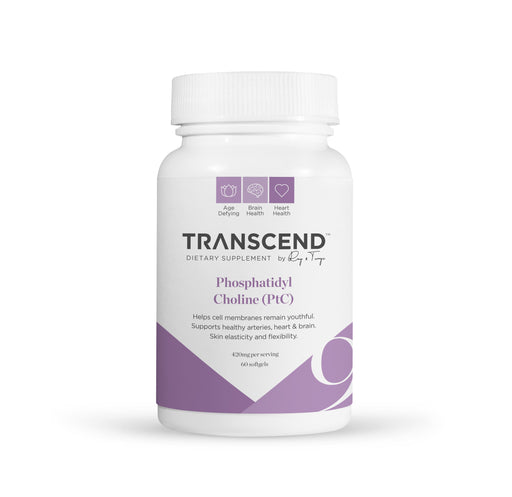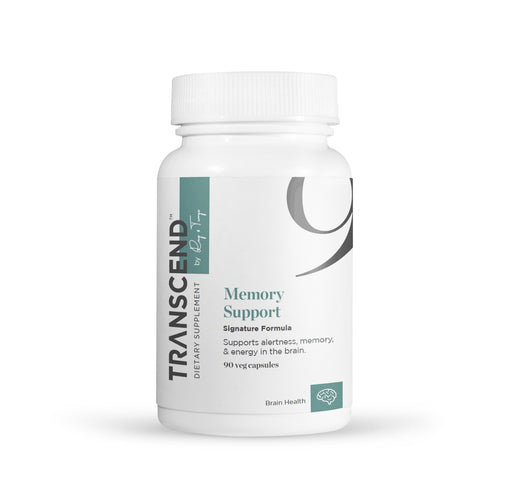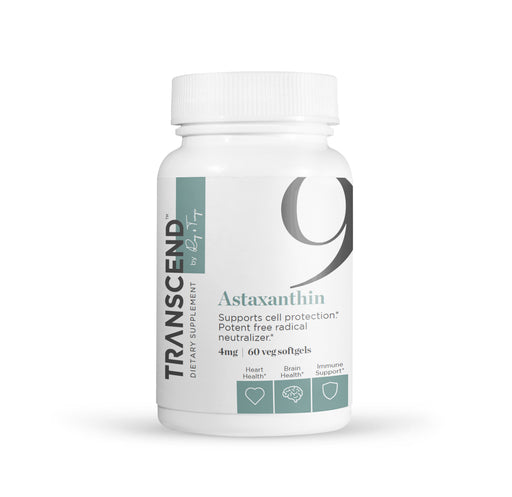
Anti-Aging Complex (ALA/ALC/Carnosine/GSE)
A Kurzweil + Grossman Formula Antioxidant and anti-aging protection Increase energy Fight aging Decrease wrinkles Cellular integrity Anti-Aging...
View full details
The benefits of meditation are nearly limitless. Excluding its rich, storied history, thousands of scientific studies have shown meditation to have a lasting, positive effect on mental and physical health. Whether that means reducing stress, enhancing concentration and memory, even slowing down the aging process, consistent meditation has been shown to help.
What is Meditation?
You can think of meditation as a way to exercise the mind, similar to the way fitness trains our bodies. Meditation allows one to reconnect with themselves, cutting through a jumble of thoughts to gain a window of clarity and breadth. At its core, meditation is a way to develop mindfulness and awareness, both internally and with the world around you.
There are many ways to practice meditation. Whichever approach you take, remember: it's all about reaching a relaxed, calming state of mind. When you make the space to slow things down, you can increase your overall level of mindfulness and awareness.
Guided Meditation
Guided meditation is led by a teacher, either in person or via audio or video. Those new to meditation often find this guidance the easiest way to get started. A teacher (or an app) helps you stay focused throughout the process, calmly supporting you during each step. External direction can help ease potential stressors around timing or worries that you're somehow 'doing it wrong.'
Mantra Meditation
Mantra meditation involves repeating a syllable, word, or phrase during meditation. Mantras can be spoken, chanted, whispered, or, most commonly, repeated internally. We walk through what a mantra meditation session looks like later on in this post.
Mindfulness Meditation
Mindfulness is about increasing your awareness and acceptance of the moment.
In mindfulness meditation, you focus on what you experience during meditation, including physical sensations like the flow of your breath. You can also observe your thoughts and emotions, then let them pass without judgment. Mindfulness meditation is quite flexible since it's recommended that you practice it throughout your day, taking mindful breaks of a minute or so when you can.
Yoga
If you find it challenging to stay still, or want to incorporate some stretching and exercise into your routine, try yoga. Yoga is a holistic and mindful practice that includes physical movement, breathing, meditation, and relaxation. Similar to mindfulness meditation, yoga is about being aware of your body and breath, observing your thoughts and emotions without judgment. Once you're accustomed to yoga, it becomes a lot easier to practice traditional forms of meditation.
Benefit #1: Combat Stress & Improve Mental Processes
One of the most immediate and proven benefits of meditation is the reduction of stress. Stress is tied to the increase of countless mental and physical issues, like heart disease, Alzheimer's, diabetes, gastrointestinal problems, and chronic depression or anxiety.
When we experience stress throughout the day, our bodies automatically react in ways that prepare us to fight or run: this is your body's stress, or fight-or-flight, response. A prolonged state of stress can be tremendously harmful to your mind and body.
Meditation helps by triggering your body's relaxation response. It restores your mind to a calm state, helping it repair and preventing new damage from the physical effects of stress.
Benefit #2: Alleviate Body Pain
Both in its original Buddhist context and in modern therapeutic programs, meditation and mindfulness have been used to assist with chronic body pain. Though meditation should not be considered a replacement for medication, studies have found it to have an ability to reduce pain intensity. Most studies link this response to meditation's ability to reduce stress, which in turn decreases physical stress and pain levels.
Another plus: meditation has been shown to have immediate effect. Even beginners notice the positive impact of meditation on alleviating physical pain.
Benefit #3: Slow the Aging Process
Yes, meditation has even been shown to slow aging!
One study showed meditation to have a positive influence on a cellular level. A commonly used proxy for cellular aging is the length of telomeres, the DNA and protein caps that protect the ends of each chromosome during cell division. Shortened telomeres are associated with the onset of many age-related diseases, including hypertension, cardiovascular disease, and dementia. Along with eating well and exercising often, meditation can slow down the 'telomere shortening' process.
How to Meditate
Let's explore what a 15- to 30-minute meditation session could look like. In TRANSCEND: Nine Steps to Living Well Forever, Ray Kurzweil and Dr. Terry Grossman detail meditation's benefits on both your emotional and physical health.
The following mantra meditation technique is based on both Eastern and Western traditions, including techniques developed at Harvard Medical School by Dr. Herbert Benson:
That's it! You can practice this technique once or twice a day, preferably before eating or 2 hours after eating as the digestive process can reduce the benefits.
Master Mindfulness with Muse®
Muse is a personal meditation assistant that monitors your brain activity and provides real-time feedback to help you master your meditative practice. During each session, Muse records your brain activity, heart rate, and breathing so you can track and measure your progress over time.
Tracking your brain's activity using Muse Meditation Headbands allows you to better identify and strengthen positive synapses by providing auditory cues that your brain will eventually connect with being in a calm, deep-focus state.

A Kurzweil + Grossman Formula Antioxidant and anti-aging protection Increase energy Fight aging Decrease wrinkles Cellular integrity Anti-Aging...
View full details
Improve skin elasticity Cell membrane flexibility Support memory function Healthy brain tissues Phosphatidylcholine (PtC) is a flexible phospho...
View full details
Improve short- and long-term memory Reduce stress levels Sharpen your cognitive performance Promote circulation and energy in brain Ray & ...
View full details
Healthy Eyes, Brain and Nervous System Potent carotenoid antioxidant Promotes healthy anti-inflammatory response Formulated with Zanthin® for eye...
View full details
Leave a comment